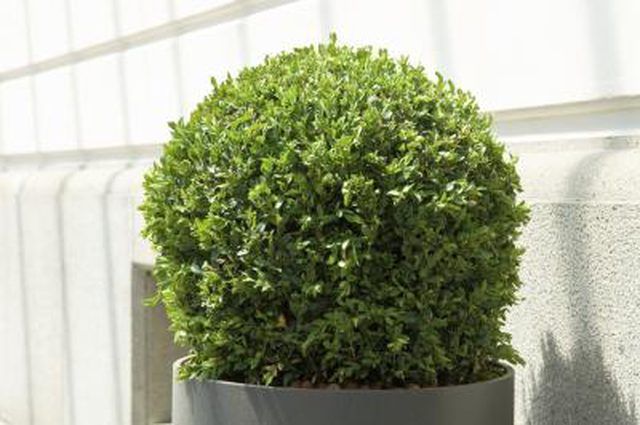Bulbs
Flower Basics
Flower Beds & Specialty Gardens
Flower Garden
Garden Furniture
Garden Gnomes
Garden Seeds
Garden Sheds
Garden Statues
Garden Tools & Supplies
Gardening Basics
Green & Organic
Groundcovers & Vines
Growing Annuals
Growing Basil
Growing Beans
Growing Berries
Growing Blueberries
Growing Cactus
Growing Corn
Growing Cotton
Growing Edibles
Growing Flowers
Growing Garlic
Growing Grapes
Growing Grass
Growing Herbs
Growing Jasmine
Growing Mint
Growing Mushrooms
Orchids
Growing Peanuts
Growing Perennials
Growing Plants
Growing Rosemary
Growing Roses
Growing Strawberries
Growing Sunflowers
Growing Thyme
Growing Tomatoes
Growing Tulips
Growing Vegetables
Herb Basics
Herb Garden
Indoor Growing
Landscaping Basics
Landscaping Patios
Landscaping Plants
Landscaping Shrubs
Landscaping Trees
Landscaping Walks & Pathways
Lawn Basics
Lawn Maintenance
Lawn Mowers
Lawn Ornaments
Lawn Planting
Lawn Tools
Outdoor Growing
Overall Landscape Planning
Pests, Weeds & Problems
Plant Basics
Rock Garden
Rose Garden
Shrubs
Soil
Specialty Gardens
Trees
Vegetable Garden
Yard Maintenance
How to Cure a Dying Shrub
How to Cure a Dying Shrub. Disease and insect infestations can be fatal to shrubs if they are not treated quickly. The right treatment varies, however, depending on the source of the problem. Determine what is causing the shrub’s symptoms before attempting to cure it.

Disease and insect infestations can be fatal to shrubs if they are not treated quickly. The right treatment varies, however, depending on the source of the problem. Determine what is causing the shrub’s symptoms before attempting to cure it.
Determine the Cause
Deciduous, broadleaf evergreen and needle-leaved evergreens are generally susceptible to the same diseases and insect infestations and will develop similar symptoms. Wilting leaves, discolored yellow or brown leaves and dropping leaves are indications of many diseases and insect attacks. Discolored bark at the base of the stems and dead roots along with wilting leaves are likely due to root or crown rots. Chewed, discolored or speckled and wilting leaves are due to insect infestations. Yellow leaves are commonly caused by chlorosis.
Rotten Roots
Root and crown rots are caused by a pathogen that flourishes in wet soil. A shrub may become infected while the weather is cool and rainy but usually does not show symptoms until it is stressed. This is often fatal for the shrub. Fast action is necessary to cure it. Pull the soil away from the base of the stems and upper roots. Place fresh soil over the roots after the stems and upper roots dry out. Water the shrub until the soil is wet to a depth of 1 to 2 feet, then allow the soil to dry before watering it again to prevent rot. Apply the water over the root zone below the outer edge of the branches rather than near the stems.
Pesky Pests
Shrubs will usually recover from insect infestations on their own. However, repeated attacks and defoliation will debilitate the shrub, and some insects can kill it. Check the leaves for insects and honeydew. Honeydew is a clear, sticky substance that aphids and many other insects secrete. Insecticidal soap will kill most types of harmful insects. Prune out severely infested branches and dispose of them in the garbage. Disinfect the pruners with household disinfectant before and after using them but wipe the disinfectant off with a rag before pruning the shrub. Mix 5 tablespoons of insecticidal soap into 1 gallon of water, pour it into a sprayer and spray the shrub thoroughly. Coat the tops and bottoms of the leaves as well as the stems. Apply the insecticidal soap early in the morning or in the evening and wash it off the shrub with clear water one to two hours after spraying. Repeat the treatment one week later if the insects return.
Poor Nutrition
Shrubs are often susceptible to iron chlorosis, which causes the leaf tissue between the veins to become yellow. Mild chlorosis can be caused by a variety of conditions such as unusual weather, and the shrub will commonly recover on its own. If the leaves and branches are dying, however, treatment will be necessary to cure it. Test the soil pH to determine if it is between 6.0 and 6.5, which is ideal for most shrubs. If it is above 6.5, many shrubs are unable to absorb iron and other nutrients from the soil, even when they are present. Make a 4-inch-deep trench with a hoe 1 to 2 feet away from the shrub stems. Combine equal parts of elemental sulfur and ferrous sulfate. Pour the combination into the trench to a depth of 1 inch and cover it with soil. This will adjust the soil pH and provide additional iron for the shrub.